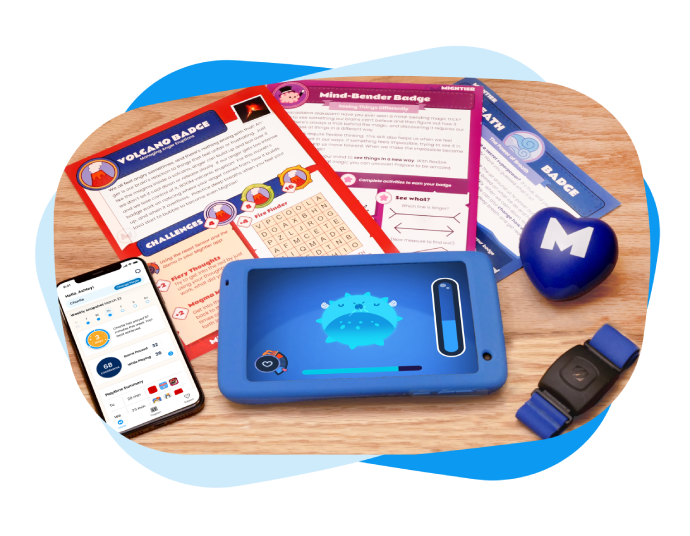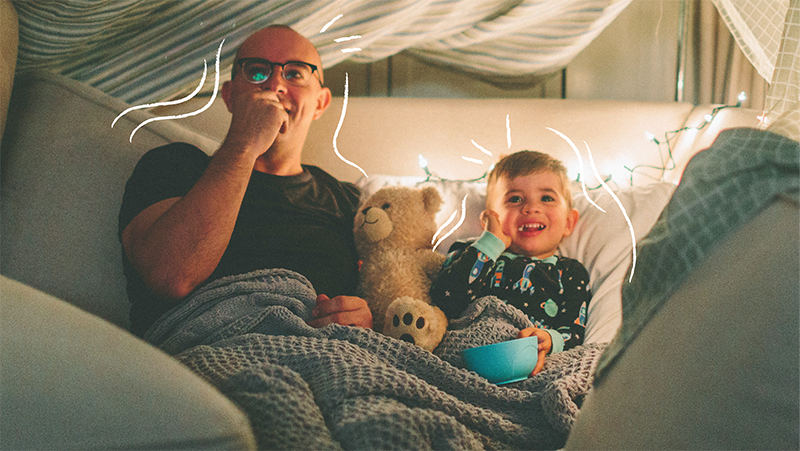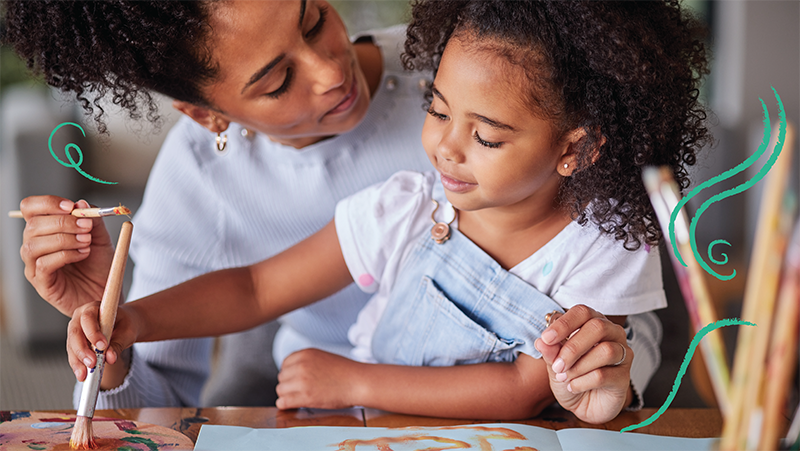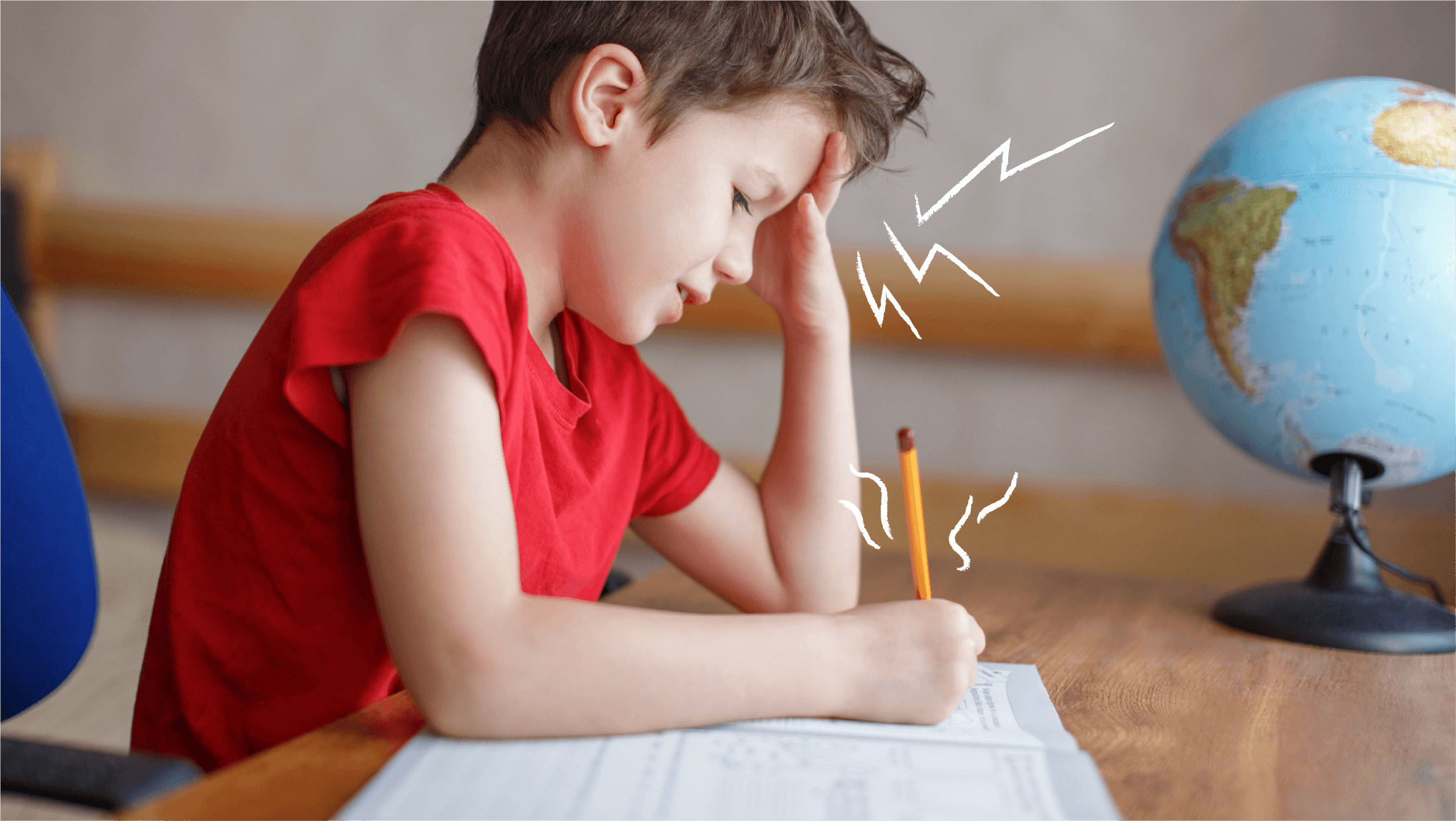
If your child was recently diagnosed with autism, they, or you, or their siblings Mightier have questions . This is perfectly normal. Learning about autism together can support your child’s emotional growth as you provide a safe and loving space for them to ask questions.
First and foremost, every person with autism is different, and their diagnosis, and symptoms associated with it, should never supersede their personality or the relationship you have with them. For anyone, if you truly want to better understand autism, it’s important to ask someone with autism first-hand about what it means for them. Social Cipher, a company founded by autistic and neurodivergent individuals, and a company that also makes a SEL videogame, Ava, featuring autistic and neurodivergent individuals, is a great resource for autism-related perspective and resources.
In the meantime, let’s dive into some books you can read at home to explore different perspectives and stories about autism at home.
Picture books about autism spectrum disorder
From heartwarming stories about friendship to some of the challenges neurotypical children may discover when they have family members who are diagnosed with ASD, these picture books for young readers will help your child understand autism from multiple perspectives.
A Friend Like Simon by Kate Gaynor
This book teaches about understanding and inclusion. The narrator Matthew shares about his friend who has autism, Simon. At first Matthew doesn’t want to be friends with Simon, who often acts differently from the rest of his classmates. After his teacher pairs Matthew and Simon together on a field trip, Matthew starts including his new friend at school while also understanding that sometimes, Simon prefers to be by himself.
Ages: 4-8 years
All My Stripes: A Story for Children with Autism by Shaina Rudolph and Danielle Royer
Zane is a zebra who has autism. One day he comes home from school upset as he recounts all the difficulties he faced during the day because of his diagnosis.. Zane’s mother comforts him and raises his confidence by pointing out all the things that she loves and are special about him. This story provides a wonderful opportunity to help children see their strengths.
Ages: 5-8 years
Autism Is…? by Ymkje Wideman-van der Laan
After hearing his grandmother tell a friend that he has autism, the main character of the story wants to know what autism is. That night before bed, his grandmother explains how he has a special brain that makes him curious about the world around him and the unique ways he notices and does things other children might not. Told in a rhyme, this book is a sweet way to help younger children who have autism get a sense of what autism is.
Ages: 3-12
Different Like Me: My Book of Autism Heroes by Jennifer Edler
Eight-year-old Quinn, a boy with Asperger’s Syndrome, shares about his real-life heroes with autism — such as Albert Einstein and Lewis Carroll — and all of their incredible accomplishments. Like him, they all have a difficult time fitting in, but go on to do amazing things in the fields of science, literature, art, and beyond.
Ages: 8-12
The Girl Who Thought in Pictures: The Story of Dr. Temple Grandin by Julia Finley Mosca
This book tells the true story of Temple Grandin, a now-famous scientist who was diagnosed with autism as a child. The book follows her from her childhood, when no one expected her to talk, through adulthood and her successful career. Through the story we learn about the challenges Dr. Grandin faced due to her diagnosis as well as the unique gifts it gave her, enabling her to become a groundbreaking animal scientist. This book is the first in a series about inspirational scientists and will inspire both neurotypical and auticic children alike.
Ages: 5-10
Ian’s Walk: A Story about Autism by Laurie Lears
This story is told from the point of view of Julie who has a younger brother who has autism. The book does include information about autism, rather the story is more about Julie’s complicated feelings about Ian — loving him while also feeling embarrassed by his behavior — providing a rich perspective of what it means to have a sibling with ASD.
Ages: 4-8 years
Leah’s Voice by Lori DeMonia
This is a story about two sisters, Leah and Abby, and some of the challenges that can arise with peers when you have a sibling with autism. A winner of 2014 Temple Grandin Outstanding Literary Work of the Year Award, Leah’s Voice teaches about acceptance, inclusivity, and treating others with respect.
Ages: 6-12
My Brother Charlie by Holly Robinson Peete and Ryan Elizabeth Peete
Written from the perspective of 10-year-old Callie, My Brother Charlie shares the perspective of having a twin brother with autism named Charlie. Callie talks about all the things that make Charlie special and unique, as well as some things that are challenging for him. Callie shares their similarities and differences, her frustrations with him, and her understanding that there are different ways for people to express their love.
Ages: 7-10 years
Since We’re Friends by Celeste Shally
In this picture book about two best friends, the narrator talks about his friendship with Matt and all the things they love to do together. Since Matt has autism, the narrator recognizes that some things are a little harder for his friend and finds ways to adapt and include him in play. This book provides neurotypical children opportunities to learn about how they can empathize and include their peers who have special needs in play.
Ages: 4-8
Uniquely Wired: A Story about Autism and Its Gifts by Julia Cook
Told from the perspective of Zak, a young boy with autism, this book talks about how his brain is wired differently from other people. As a result, he has some unique ways he interacts with the world around him, such as spinning and finding comfort from his beloved watch collection. His perspective provides opportunities for his family, and readers, to learn from his gifts.
Ages: 4-11
In addition to the picture books listed, parents and children may also find the following guide books, written for children with ASD and for their neurotypical peers, to provide additional learning opportunities.
Guide books for children on the autism spectrum
The Survival Guide for Kids with Autism Spectrum Disorders (And Their Parents) by Elizabeth Verdick
This book offers children with ASD and their parents strategies, including making friends, symptom management, and regulating emotions. It also includes stories from kids who have ASD, resources, and facts about ASD.
Ages: 8-13
The Asperkid’s (Secret) Book of Social Rules: The Handbook of Not-So-Obvious Social Guidelines for Tweens and Teens With Asperger by Syndrome by Jennifer Cook O’Toole
Written by an educator and parent of children with Asperger’s Syndrome — as well as being diagnosed with it herself — The Asperkid’s (Secret) Book of Social Rules helps tweens and teens navigate the social rules of making friends. It’s full of practical advice to help children understand social conventions and why they matter.
Ages: 10-17 years
Guide books to help neurotypical children understand autism spectrum disorder
Can I tell you about Asperger Syndrome?: A guide for friends and family by Jude Weton
This book invites readers to learn about Asperger Syndrome, including what it feels like to have it, understanding his challenges, and appreciating differences. This guide provides neurotypical children an opportunity to have greater empathy and understanding around what autism is.
Ages: 7-15
The Autism Acceptance Book: Being a Friend to Someone With Autism by Ellen Sabin
This activity book teaches children about autism and what it means for someone to be on the spectrum. Through written prompts, children explore what makes them unique, what they like, and what frustrates them while relating these topics to the perspective of someone with ASD. In doing so, this book teaches compassion, kindness, and helps kids to better understand differences.
Ages: 6-13
Reading about Autism Spectrum Disorders can help children better understand what it is, give neurotypical siblings and friends a chance to ask questions, and encourage empathy. Whether you want to support autism awareness, help your child see things from a different point of view, or to help your own child who is diagnosed with ASD, choosing a children’s book about autism to read together can provide a starting point to guide your family in these discussions.


















